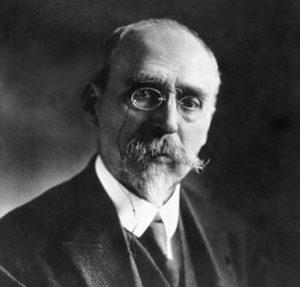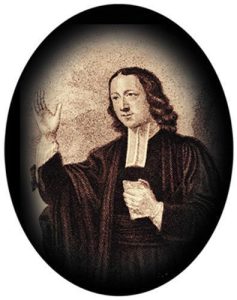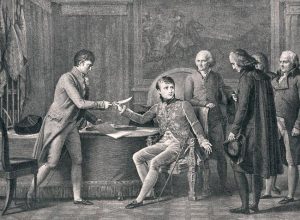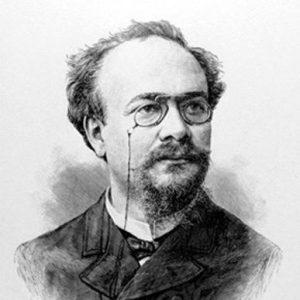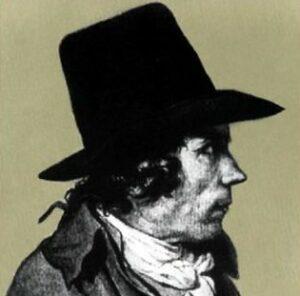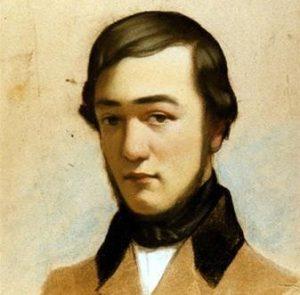First steps towards ecumenism
Various Reformation movements lasted until the beginning of the
20th century. After the Concordat had been abrogated, the unofficial Reims synod in May 1905 decided to call up a general Assembly of the Reformed Churches, which never took place. To avoid a definite schism between the two main groups which seemed unavoidable at the Montpellier synod in 1906, a few pastors, including Wilfred Monod, called for an Assembly to define unifying strategies. The meeting took place at Jarnac in October 1906, and the outcome was a declaration prepared with the help of Charles Wagner and Wilfred Monod. However the Jarnac meeting failed because the outcome was yet another national Union of the Reformed Churches, the third one -generally called the « Union de Jarnac- and was formalised the following year at the Paris Synod.
Thus was French Protestantism constituted of 3 Church Unions :
- The Union of reformed Evangelical Churches : the most numerous, comprising 440 churches and 410 pastors.
- The Union of united Reformed Churches (former liberal churches), comprising 100 churches and 120 pastors.
- The National Union of Reformed Churches (called the Jarnac Union) comprising 80 churches and 100 pastors.
There were also about fifty so-called autonomous churches. The Jarnac and liberal trends merged in 1912 under the name Union of Reformed Churches.
The Fédération Protestante de France (FPF)
But the need to be united to confront the public authorities, the evolution of the doctrine, the influence of both pastors Wilfred Monod and Elie Gounelle among others, led to the creation of the Fédération Protestante de France comprising the Reformed (evangelical, liberal, independent), the Lutherans, the Methodists, at Nîmes in October 1905, to be joined by the Baptists in 1919.


